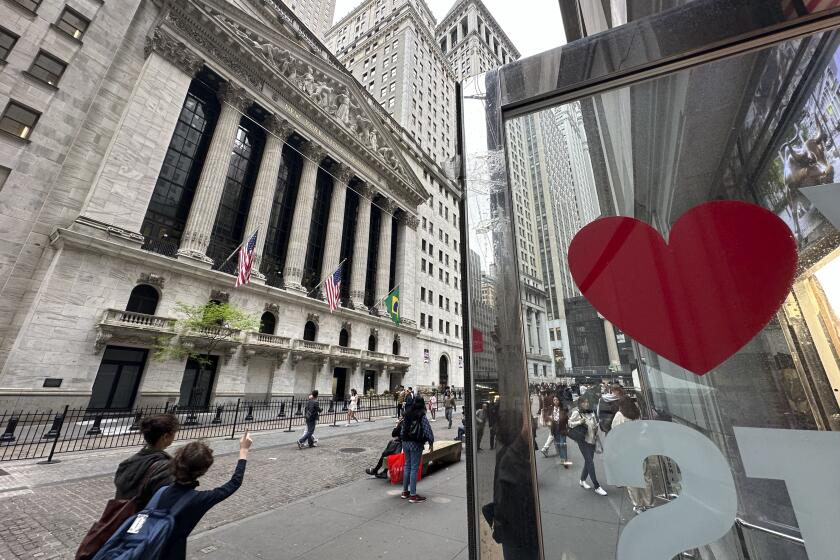How Do We Force Ourselves to Save More?
After the hoopla of the political conventions subsides, the presidential candidates should turn their attention to one of the most basic, and important, relationships in economics: that between domestic savings and investment, on the one hand, and foreign trade, on the other. For example, when we save less than we invest, the U.S. economy must import more than it exports, creating a trade deficit.
This relationship is even more significant than the federal budget deficit, which is one among several factors influencing the savings-investment balance. Other factors include the absolute amount of government spending (quite apart from the size of the budget deficit), tax and regulatory incentives, monetary policy and demographics.
Among the reasons for the special significance of the savings-investment balance is the link it provides between the U.S. domestic economy and the international economy. When we save less than we invest, the U.S. must import capital from abroad. The savings-investment balance thus directly affects the size of foreign holdings of assets in the United States, compared with U.S. holdings of assets abroad. Over time, this balance determines how much the U.S. economy earns in interest and dividends from its foreign holdings--and how much it must pay out abroad. This, in turn, determines whether the gross national product is larger or smaller than the gross domestic product. (The difference between GNP and GDP is net income received from, or paid to, the rest of the world.)
Furthermore, the savings-investment balance significantly affects the growth of employment and wages, as well as the economy’s overall rate of growth. Saving more and investing more domestically--and, in particular, boosting savings by more than investment--would help reverse the perennial U.S. pattern of importing capital from abroad to finance excessive U.S. imports.
For the last 10 years, the United States has saved less than it has invested. The gap has varied between 1% and 2% of GDP, averaging about $100 billion a year, from 1985-95. Cumulatively, the annual savings shortfall has meant that about 18% ($750 billion) of total U.S. public debt is now held abroad.
To improve the performance of the U.S. economy, policies should aim to increase both investment and savings, with savings getting the greater boost. Accom- plishing this goal would replace the current-account (trade) deficit with a surplus, accelerate the growth of exports over imports, generate relatively high-paying jobs (because wages in exporting industries are about 15%-18% above average wages) and lift the overall economy. The United States would not have to import capital and thus the burden of servicing foreign-held debt would be eased. We would become a net exporter of capital, thereby replacing our debt-servicing obligations with net income received from abroad.
How can investment and savings be raised, while raising savings more than investment? Several options are worth considering.
* An across-the-board reduction in marginal tax rates, such as the 15% reduction recently proposed by Bob Dole. The expanded tax base that such a change would create would likely minimize the resulting revenue loss, as was the case with the tax reductions of presidents Kennedy and Reagan in the 1960s and 1980s.
* Create more incentives to save by, for example, eliminating taxation of interest and dividend income, and expanding the tax-deductibility of 401 (k) contributions and IRAs.
* Move gradually toward an equitably graduated, consumption-based tax structure with exemptions and lower rates applying to smaller consumption outlays, and a higher rate applying to larger outlays. Some worry, not without reason, that a consumption-type system might generate a deluge of revenues, thereby tempting future administrations and Congresses to increase spending. To ease this concern, a consumption-based system might include automatic caps that would be triggered if revenues exceeded the standard 19%-20% of GDP typically represented by federal revenues over the past two decades.
Pursuing one or more of these options, while maintaining prudent monetary policies, would improve the economy’s performance by raising annual growth from, say, 2.5% to 3% or 3.5%, thereby adding $35 billion to $75 billion to GDP each year. These cumulative additions, which would total $1 trillion by 2025, are of crucial importance if the United States is to manage the prospective surge in social spending as the baby-boom generation matures.






